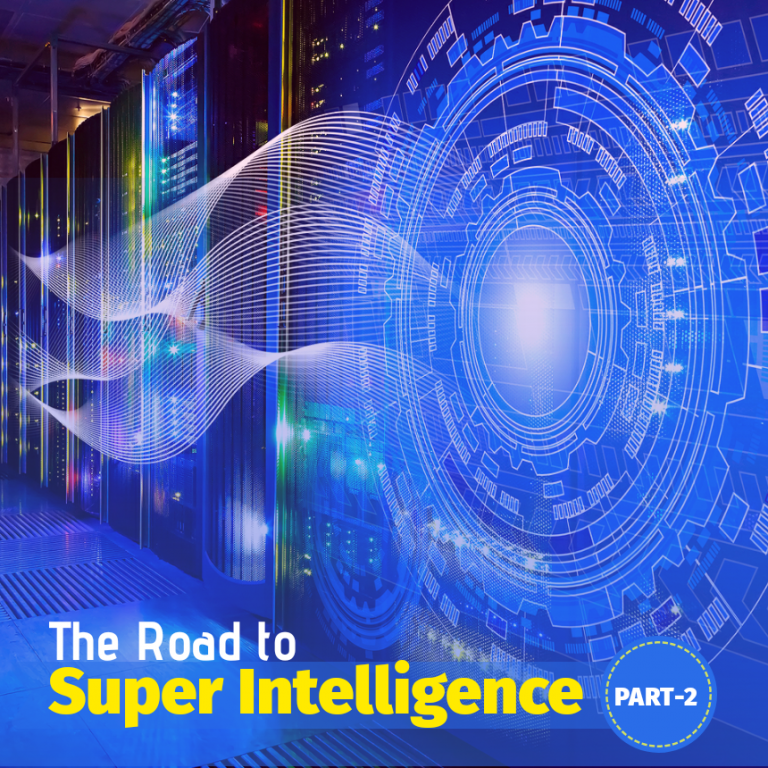
Machines aren’t smart enough to take specific instructions to work, but since the rise of AI and Machine learning, things started to change, as machines began to make better decisions based on the data that they have, and they learn from their mistakes. It’s anticipated that computers will be more in control of their choices in the future.
In the last blog, we saw different forms and types of AI. Today, the whole world is running on ANI. Artificial Narrow Intelligence is machine intelligence that exceeds or similar to human intelligence or achieving efficiency at a specific thing. Below are a few examples of ANI:
Related: Why AI Is The Future Of Video Marketing!
- Cars are now equipped with ANI systems, from the computer that activates anti-lock brakes to the computer that works with the parameters of the fuel injection systems. Google’s self-driving car, which is still under test, now contains robust ANI systems that allow it to see and react to the world around it.
- Your smartphone is a little ANI corner. When you navigate using your map through your phone, receive tailored music recommendations from music apps, check tomorrow’s weather, talk to virtual assistants, or do dozens of other routine activities, you’re using ANI.
- The email spam filter also comprises features of ANI—it is deployed with intelligence on how to separate the spam and essential emails. Then it learns and works its intelligence to maintain the experience with your particular preferences.
- The whole thing that goes on when we search for a product on an eCommerce site, and we see a “recommended for you” product on a different site, or when Instagram or other social media platforms somehow learn your friend’s circle by crawling to your mutual friends list? That’s a bunch of ANI systems, working together to learn from each other about who you are and what you are interested in.
- The same goes for Amazon’s feature “People who bought this also bought…”. Amazon uses an ANI system to gather data from the behaviour of millions of customers and analyze that info to show the products that might interest you cleverly.
- Google Translate is another classic ANI system, impressively great at one small task. Voice recognition is another, and several apps use those two ANIs together, allowing us to speak a sentence in one language and have the phone translate the same sentence in another.
Let us see the AI revolution from ANI to AGI. The Road to superintelligence:
Related: AI Reshapes Customer Segmentation Strategies
Why achieving higher forms of AI is challenging.
Nothing makes human intelligence cooler, like learning about how remarkably challenging it is to try to build a computer as smart as we are. Building a skyscraper, sending humans to space, figuring out the cause and details of how the Big Bang went down is far easier than perceiving our own brain, or building something as amazing as it. As of now, a human brain is remarkably a complicated object known in the universe.
What’s catching up is that the trouble in trying to build AGI (a computer as similar to human intelligence in general, not just at one speciality) are not naturally what you’d assume they are.
To build a computer that is capable of mathematical computing problems in a split second is incredibly easy. But to design, a computer one that differentiates between a dog and a cat is spectacularly difficult.
Related: AI-powered Competitive Intelligence for Today’s Businesses
Build AI that can beat any human in chess? Been there, done that. Design a computer that can read a paragraph from a toddler picture book and not just recognize the words but learn the meaning of them? Many companies like Google are trying and spending billions of dollars trying to achieve stuff like those.
Complex things like calculus, trading market strategy, and language translation—are a day’s job for a computer, while easy things like vision, motion, movement, and perception are wildly out of reach for a computer. Or, as computer scientist Donald Knuth describes it, “AI has by now succeeded in doing substantially everything that needs ‘thinking’ but has failed to do achieve what people and animals do ‘without thinking.’
However, today we are getting more closer to true AI than we were yesterday. There are a few exciting and promising advancements in the field of AI that has awoken a force in the field of business. Several businesses are looking to leverage the power of AI in their workforce. ONPASSIVE is one such opportunity that can help enterprises to find their way to superintelligence. Join ONPASSIVE now to avail of the benefits of adopting AI in your business and start looking towards the future.



Bob Romeo
4 years ago
Johanna Somorai
4 years ago